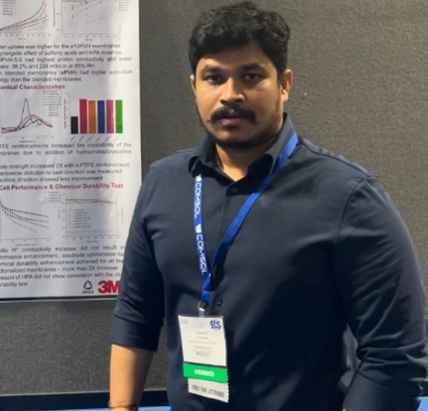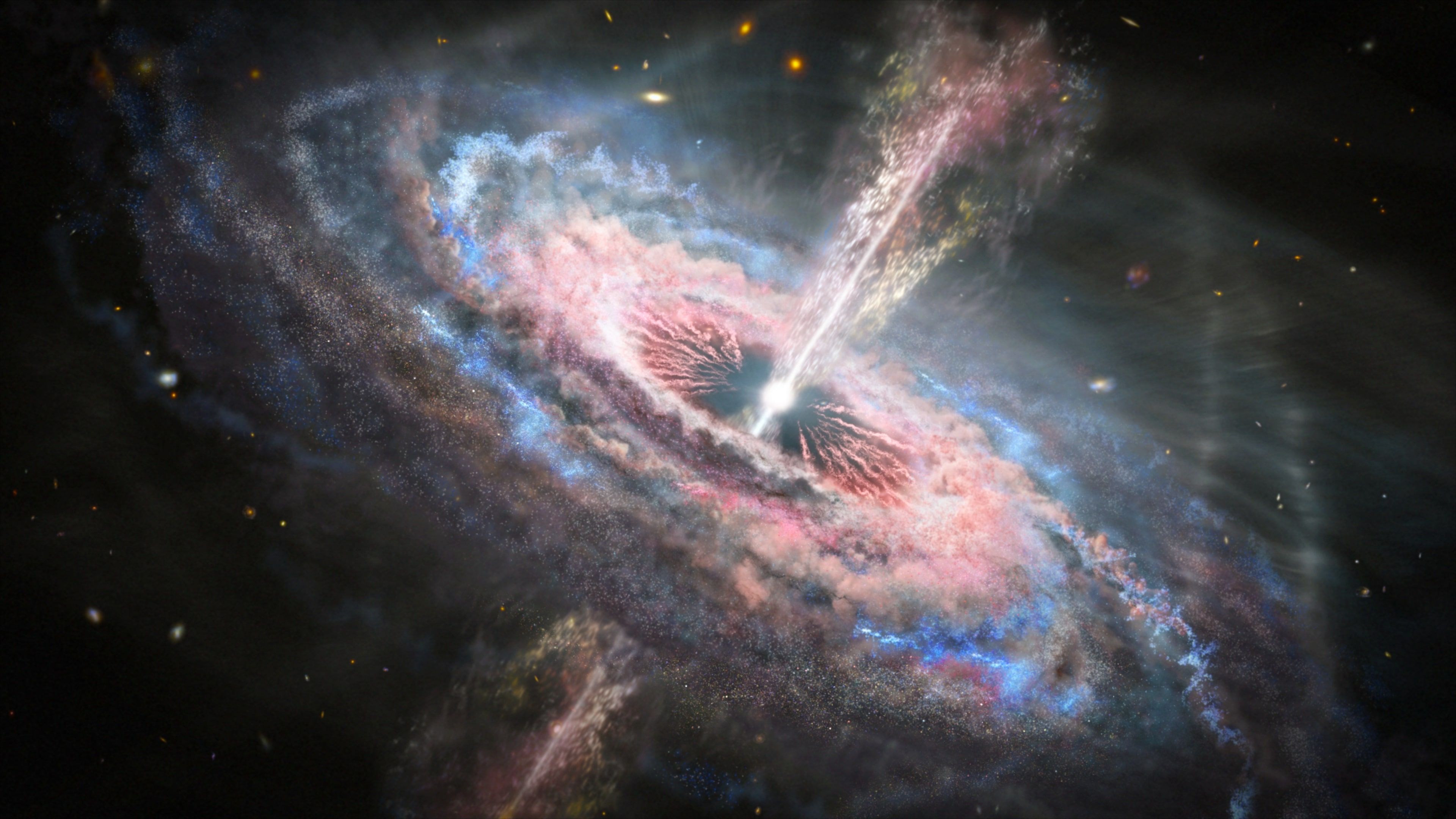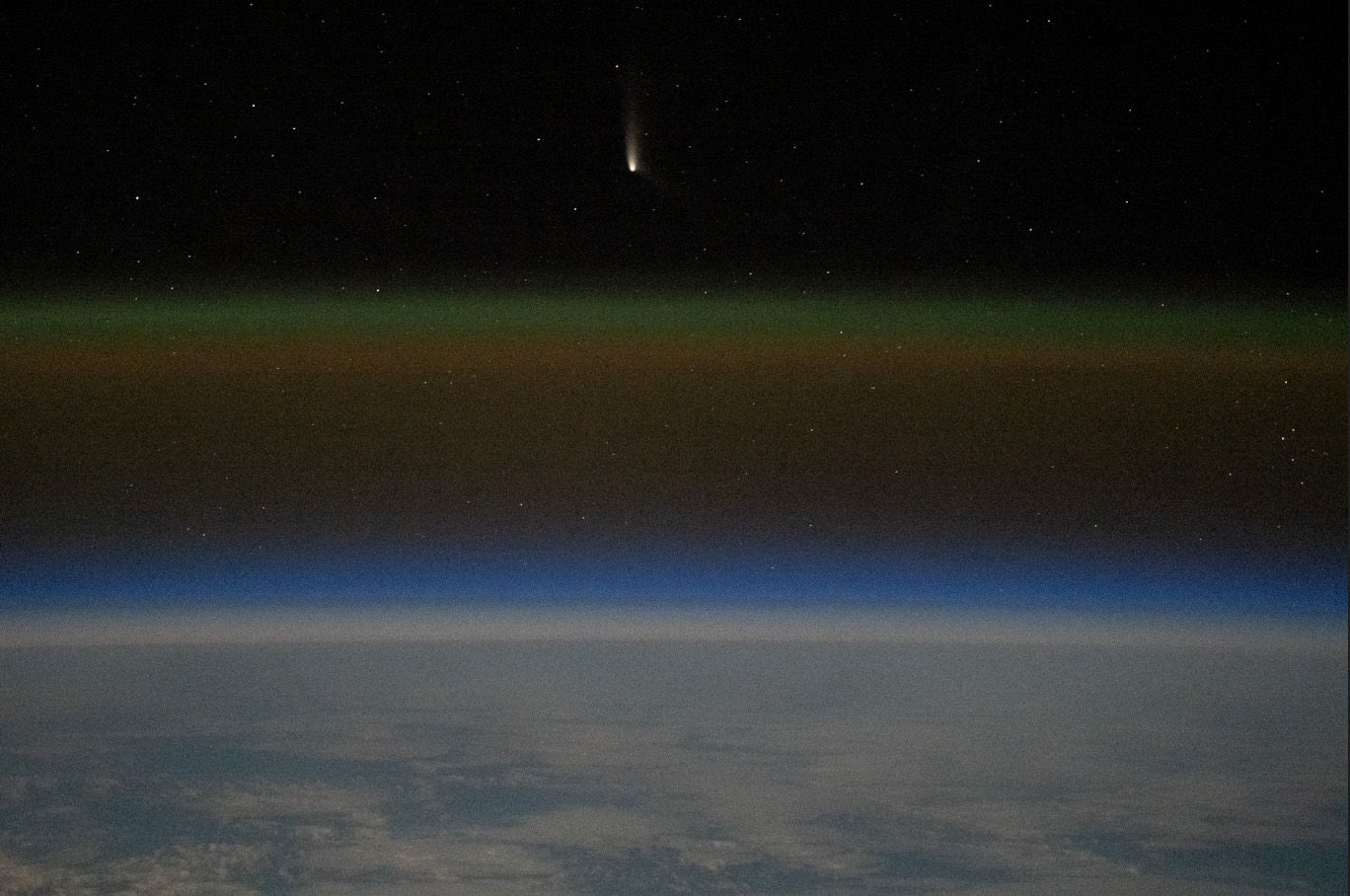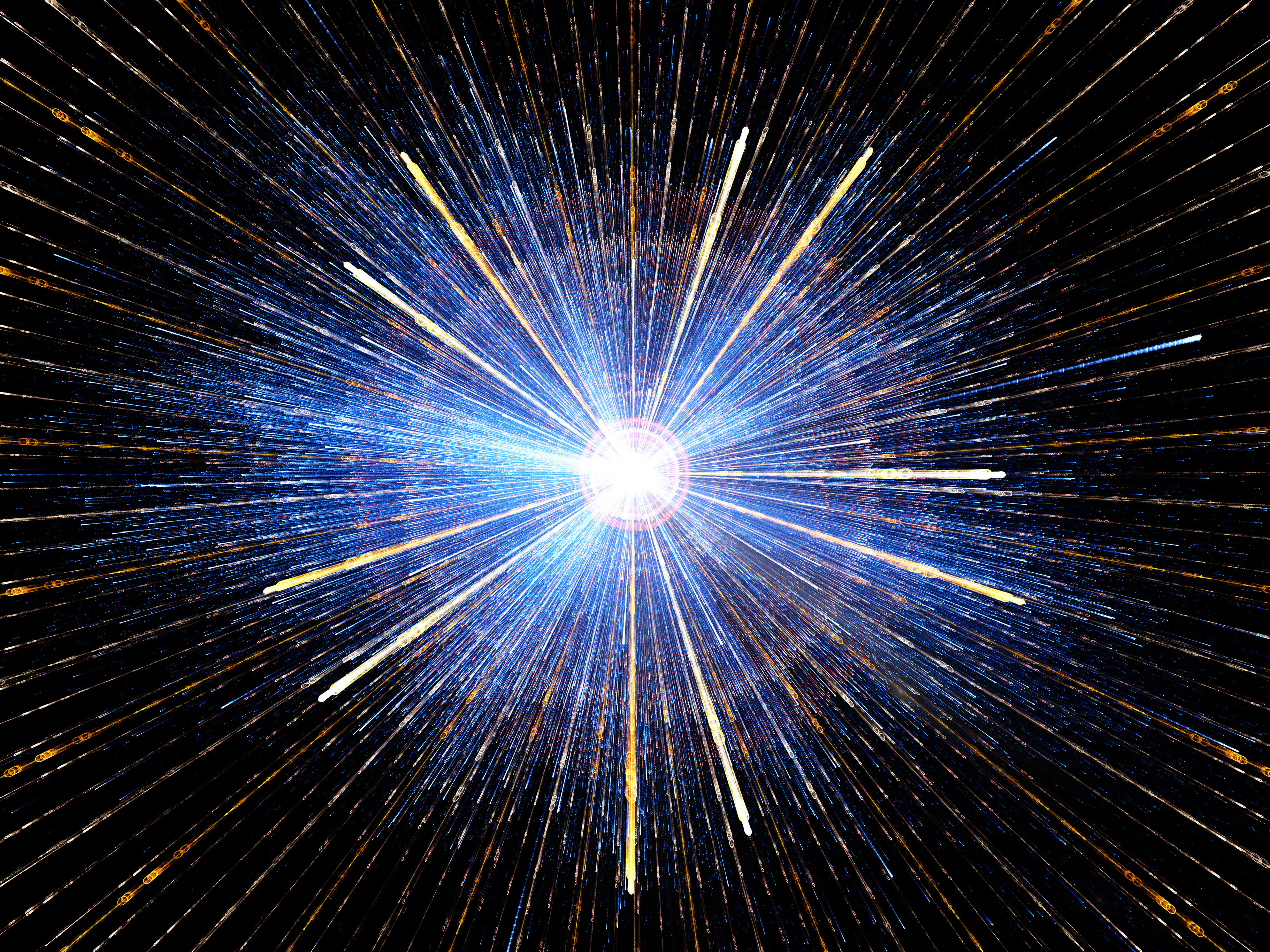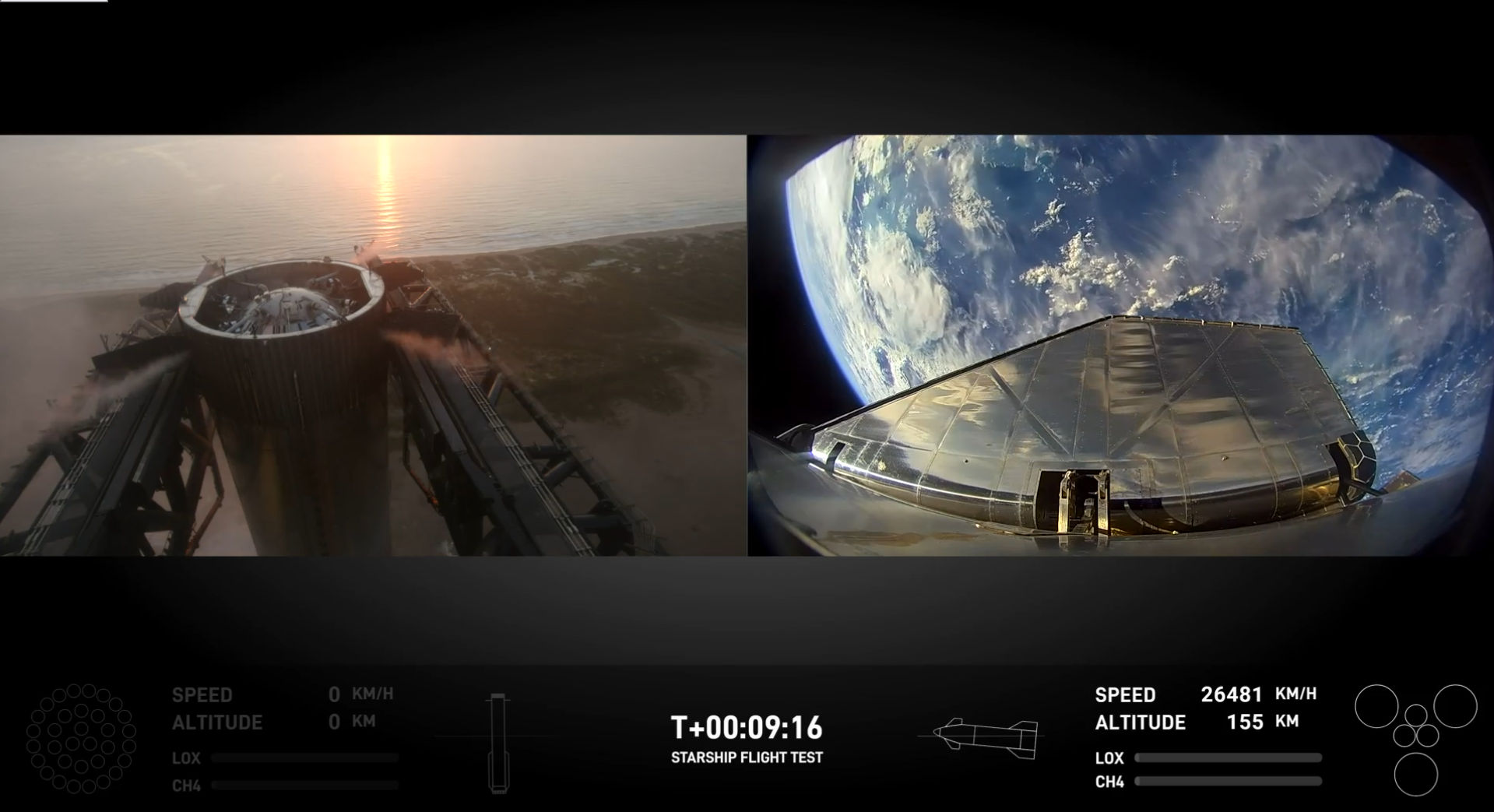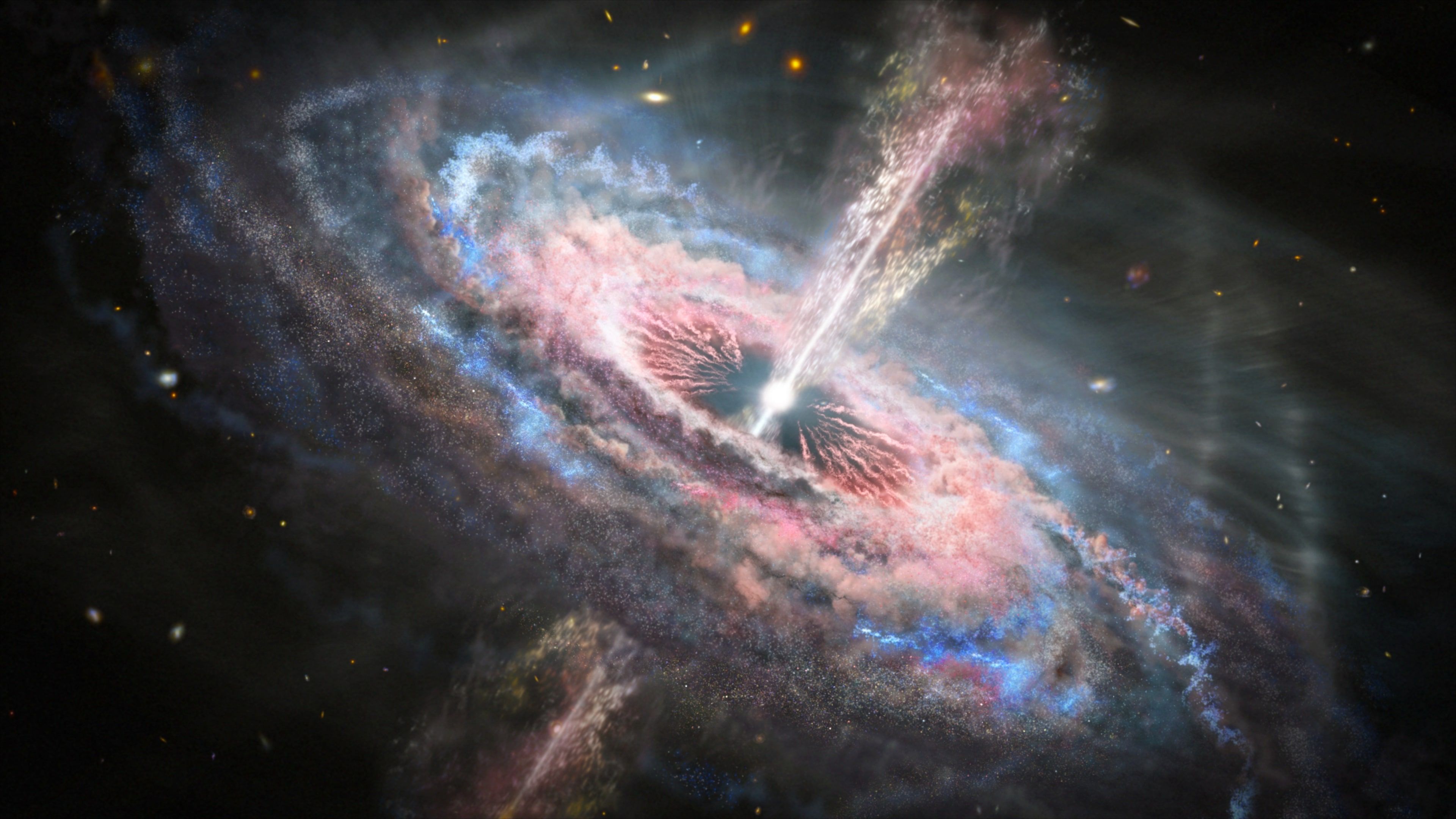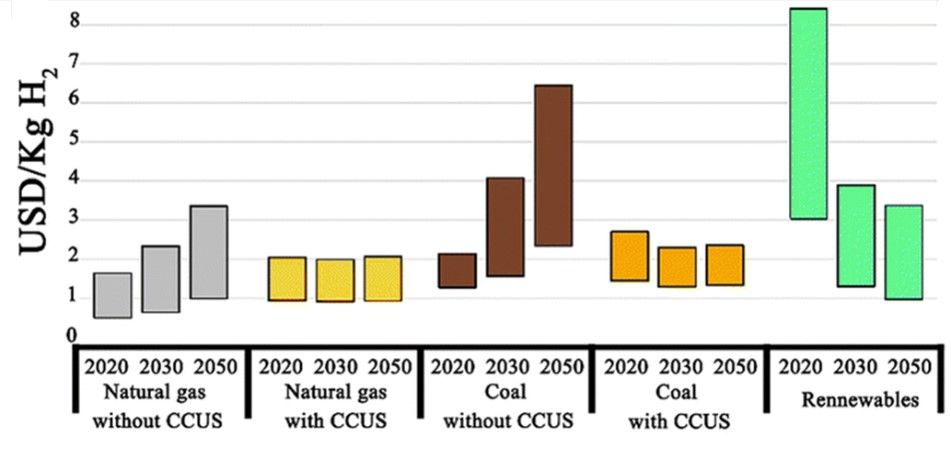Breaking from James Web Telescope :The Impact of a Faraway Quasar on Our Knowledge of Galaxy Evolution
Breaking from James Web Telescope :The Impact of a Faraway Quasar on Our Knowledge of Galaxy Evolution
Using the James Webb Space Telescope (JWST), astronomers have discovered a ground-breaking discovery that shows a strong quasar wind emerging from a supermassive black hole in a far-off galaxy. This study sheds light on how galaxies form and finally perish in addition to providing a window into the early cosmos. Scientists can view the quasar, J17+2115, as it appeared barely 700 million years after the Big Bang since it is located 13.1 billion light-years distant. This places it among the first quasars ever discovered, having originated when the cosmos was only 5% as old as it is now.
What is a Quasar?
A quasar is a supermassive black hole that is aggressively accreting gas and dust in its vicinity. As this material approaches the black hole, it generates an accretion disk—a rotating mass of gas and dust that reaches tremendous temperatures owing to powerful gravitational forces. The friction within the accretion disk induces luminosity in the material, rendering quasars among the most radiant entities in the cosmos, frequently surpassing the brightness of whole galaxies.
The Quasar Wind: A Galactic Game-Changer
Gas and dust are being blasted out of the galaxy by the quasar J17+2115 at a remarkable speed of 4.7 million mph (7.6 million km/h), or more than 6,000 times the speed of sound. This wind covers 7,500 light-years, or the breadth of twenty-five solar systems placed side by side. The wind carries material equivalent to 300 Suns every year out of the galaxy, demonstrating its incredible force.
Impact on Star Formation
Quasar winds have a big effect on the galaxies that hold them, especially on how stars are made. Galaxy's like the Milky Way have thick molecular clouds of gas and dust where stars are born. All of these things are necessary for stars to form. However, the quasar wind seen in J17+2115 is removing the galaxy's star-forming materials, which stops new stars from being born. This process, called "quenching," is very important to how galaxies change over time. When a quasar wind stops new stars from forming, the galaxy stops growing. This makes the galaxy what scientists call a "dead galaxy." If there aren't any new stars, the galaxy stops moving forward and stops evolving. Scientists think that the wind from J17+2115 is strong enough to remove all of the galaxy's materials for making stars, which could mean that it becomes a dead galaxy.
Quasar Winds Across the Cosmos
Quasar winds stop the birth of stars in places other than the farthest reaches of the universe. Looking at close galaxies like NGC 1068 shows that even in our cosmic neighborhood, giant black holes can send out molecules that stop the formation of stars. The fact that these things are similar across different time periods of the universe shows that black holes are linked to the life cycles of galaxies. The discovery also has ramifications for comprehending the expansion of supermassive black holes. In the instance of J17+2115, the wind is sufficiently enough to impede the black hole's feeding process. Black holes expand by accreting gas and dust; but, when a quasar wind disperses this material, the expansion of the black hole may be considerably diminished or entirely stopped. Supermassive black holes that power active galactic nuclei (AGN) frequently exhibit the ability to control development. The winds created by active galactic nuclei not only regulate the evolution of the galaxy but also constrain the expansion of the black hole by dispersing the material essential for accretion.
In Conclusion
The detection of J17+2115 by the James Webb Space Telescope represents a crucial advancement in comprehending the intricate interplay between supermassive black holes, quasar winds, and galaxy development. The quasar's intense wind not only inhibits star formation within its host galaxy but also restricts the expansion of the black hole itself. This study provides insight into the early cosmos, elucidating the cosmic forces that sculpt galaxies over billions of years. As astronomers persist in their exploration of the distant cosmos, they will inevitably reveal further insights into the life cycles of galaxies and the supermassive black holes at their cores. The knowledge gained from studying quasars like J17+2115 will help to explain the mysteries of our cosmic origins and the forces that control the evolution of galaxies over time.
This artist's concept depicts a distant galaxy with an active quasar at its center.
Image credits: NASA, ESA and J. Olmsted (STScI). https://science.nasa.gov/mission/hubble/science/sc...
References & Suggested Reading
1. https://science.nasa.gov/mission/hubble/science/science-behind-the-discoveries/hubble-quasars/
2. NASA's JWST Website: https://science.nasa.gov/mission/webb/
3. ESA's JWST Website: https://www.esa.int/Science_Exploration/Space_Science/Webb
4. The Astrophysical Journal Letters: https://journals.aas.org/why-aas-journals/
